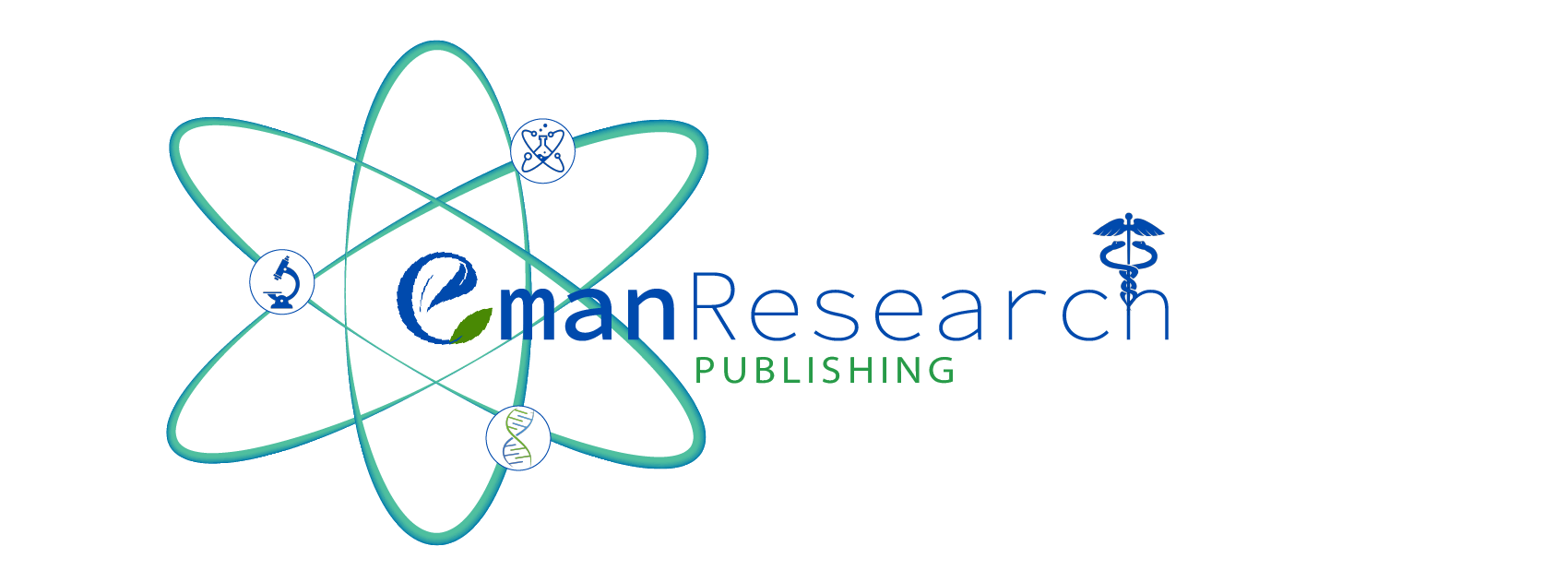Development and Characterisation of Zerumbone-Superparamagnetic Iron Oxide Nanoparticle Co-Loaded Nanostructured Lipid Carriers as A Potential Treatment for Breast Cancer
Li Kar Stella Tan1, Jhi Biau Foo1, 2,*, Yong Sze Ong3, Chee Wun How3
Integrative Biomedical Research 6(3) 715-715 https://doi.org/10.25163/angiotherapy.6321C
Submitted: 24 December 2022 Revised: 24 December 2022 Published: 24 December 2022
Abstract
Introduction: Zerumbone (ZER), having significant medicinal value, is poorly soluble in water, and this poor solubility of ZER has been overcome by loading into nanostructured lipid carriers (NLC), but clinical trials with this compound have been rarely reported due to lack of selectivity. Hence, using superparamagnetic iron oxide nanoparticles (SPION) could be a potential approach to achieve specific delivery in various treatments. This study aims to develop and characterize an improved drug delivery system for ZER. Method: ZER and SPION were loaded into NLC (ZSN) using hot ultrasonication. This formulation was characterised by particle diameter, polydispersity index (PDI), zeta potential, encapsulation efficiency, loading capacity, state of lipid modification, lipid interaction, morphology, in vitro drug release, haemocompatibility, and stability. ZSN was also evaluated on its in vitro cytotoxicity, cellular uptake, internalisation, and magnetic targeting. Results: ZSN was milky brownish with an average diameter of 140.32 ± 1.14 nm, PDI of 0.18 ± 0.02, and zeta potential -13.37 ± 0.61 mV. ZSN was shown to be homogeneous, spherical, uniformly dispersed, haemocompatible, and stable over 3 months of storage. Over 72 hours, 38.88 ± 6.61% and 41.25 ± 4.90% of ZER were released from acidic and physiological conditions, respectively. At 48 hours of treatment, ZSN was time-dependently cytotoxic and apoptotic, with half maximal inhibitory concentration (IC50) values of 1.94 ± 0.19 and 2.55 ± 0.93 μg/mL in MCF-7 and MDA-MB-231 cells, respectively. The apoptotic effect was more significant in MDA-MB-231. In terms of the internalisation pathway, ZSN was internalised primarily by caveolae-mediated endocytosis and active energy-dependent process in MCF7 and MDA-MB-231 cells, respectively. The process was time-dependent with half maximum uptake (Km) value of 25.19 ± 1.50 minutes for MCF-7 cells and 6.07 ± 0.54 minutes for MDA-MB-231 cells. The magnetic characteristics of SPION were sufficient to direct ZSN. Under a 2T magnetic field, localised targeting occurred at the cellular level, resulting in a 19.85% ZSN uptake in MCF-7 and 40.66% in MDA-MB-231 cells than non-magnetic targeted cells. Conclusion: ZSN is a potential magnetic guiding multi-modal therapeutic system for breast cancer treatment.
Keywords: Zerumbone, Superparamagnetic Iron Oxide Nanoparticle, Nanostructured Lipid Carrier, Nanoparticle, Specific Targeting
References
View Dimensions
View Altmetric
Save
Citation
View
Share


